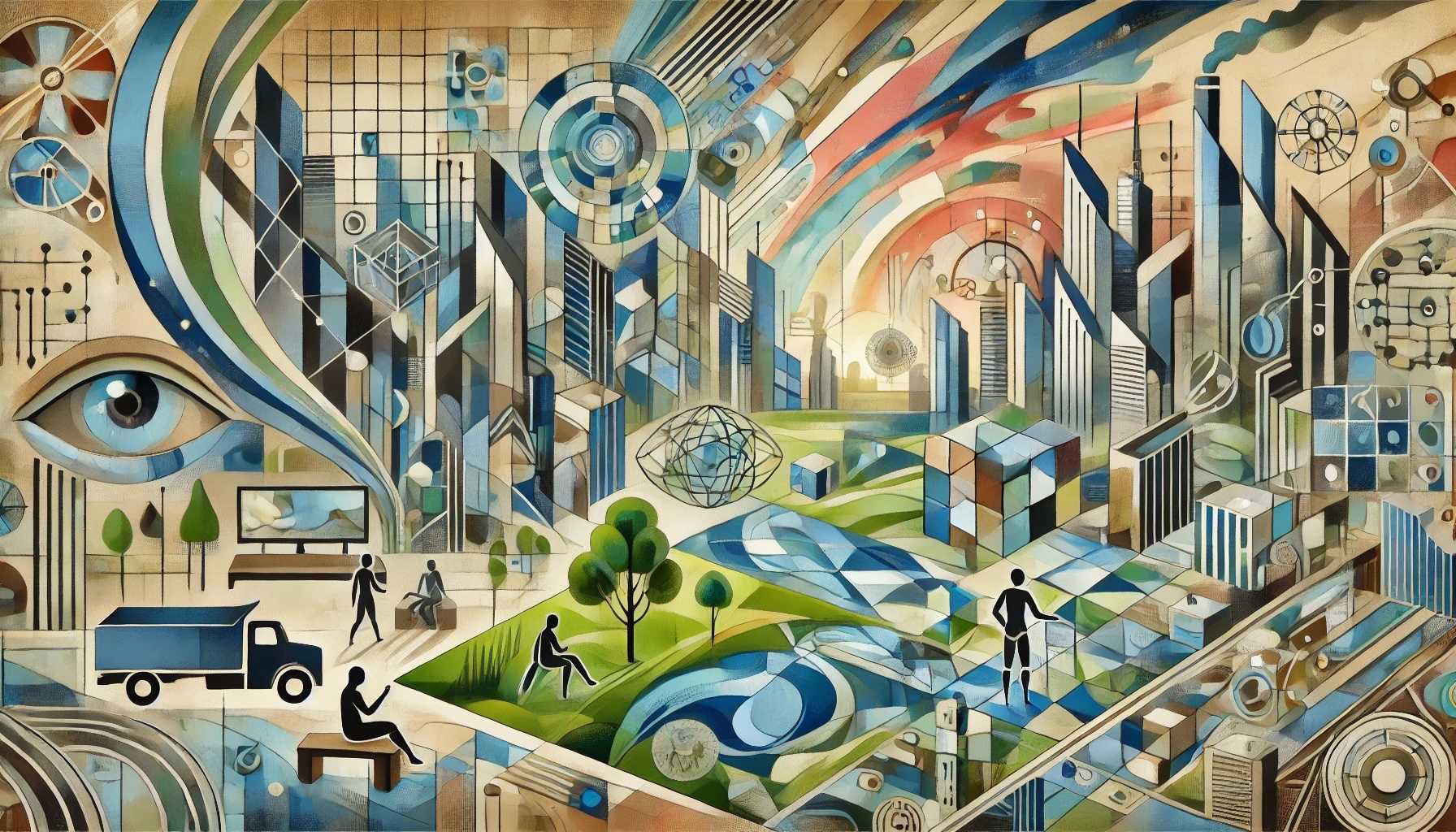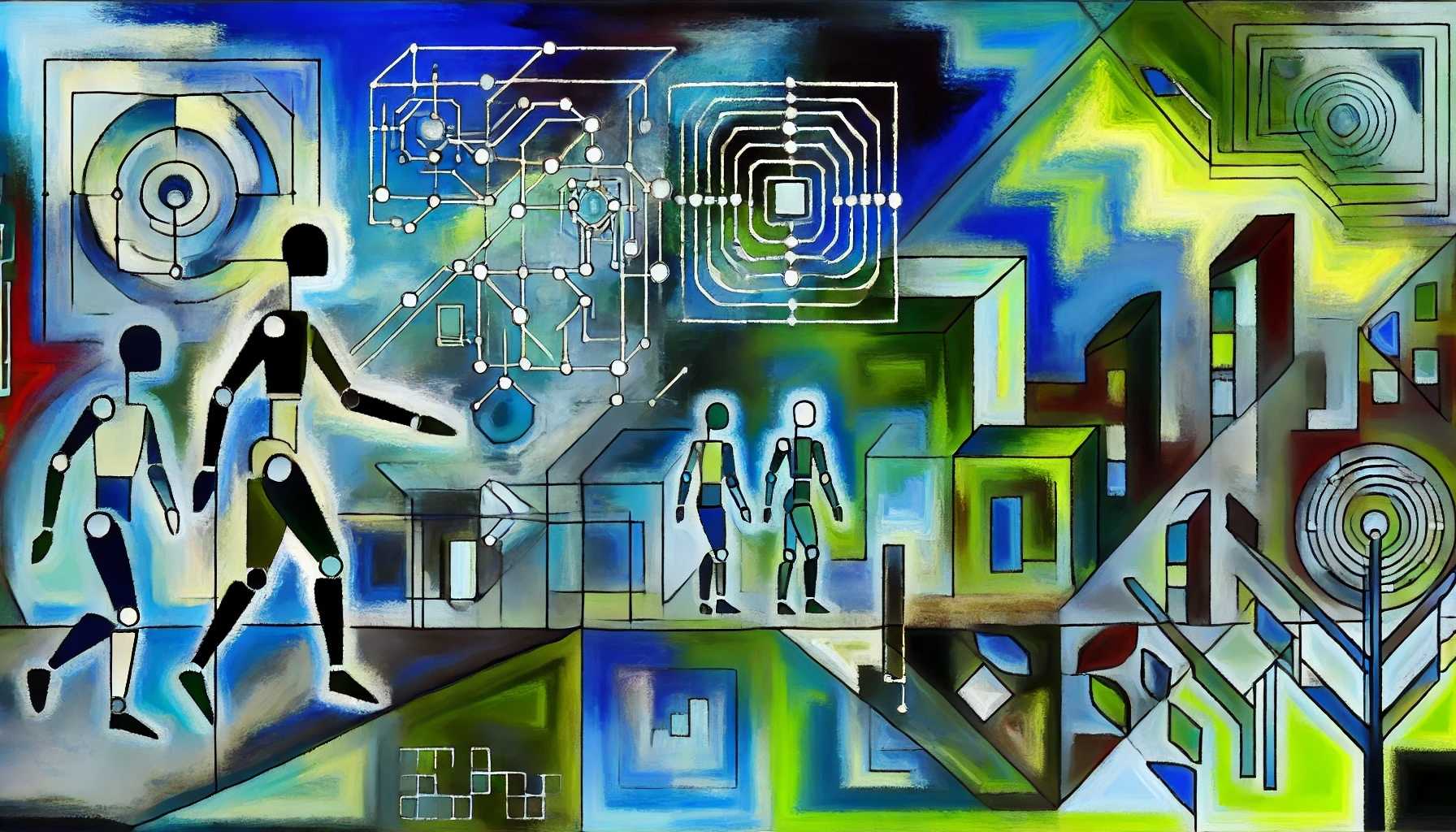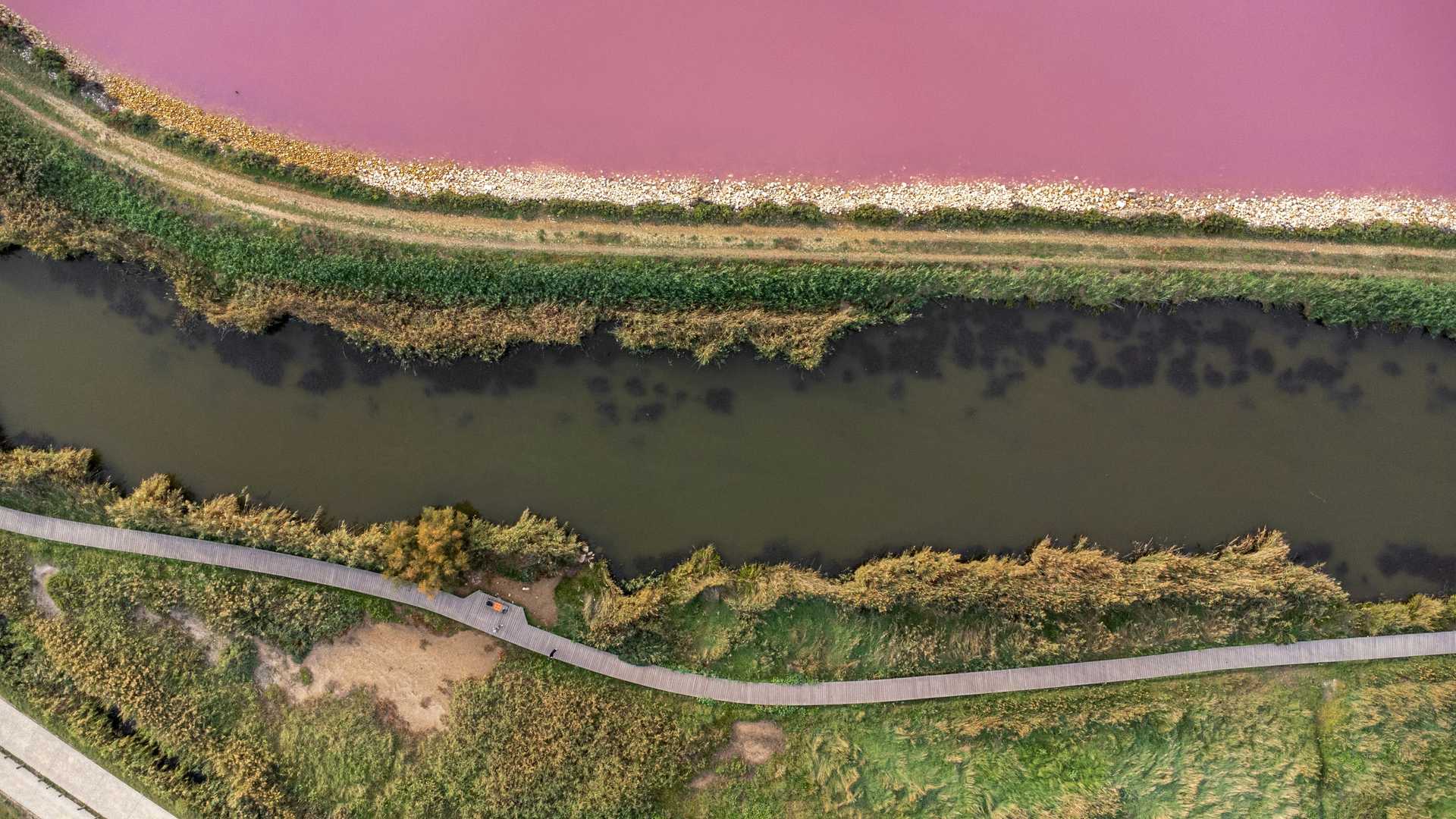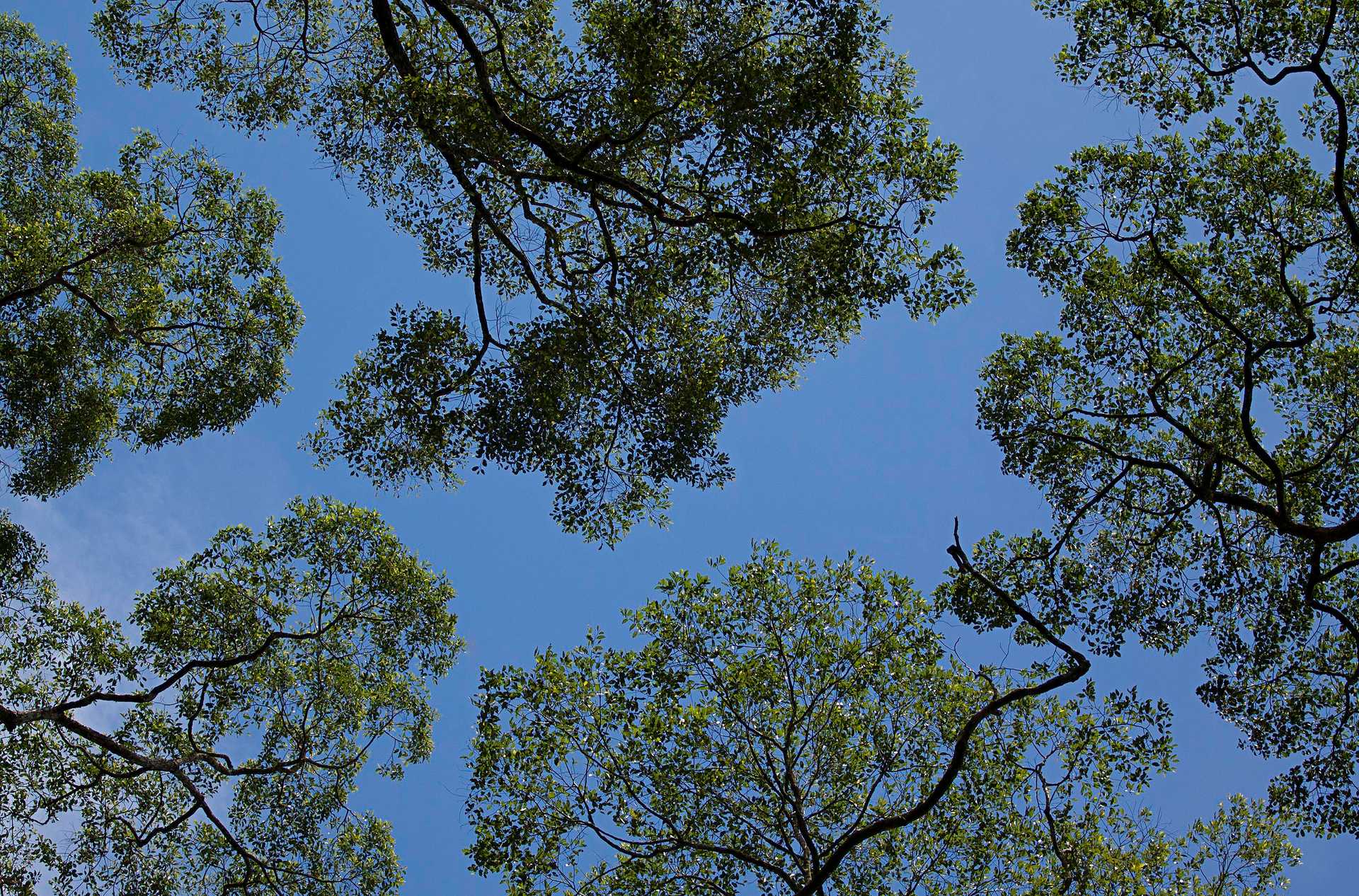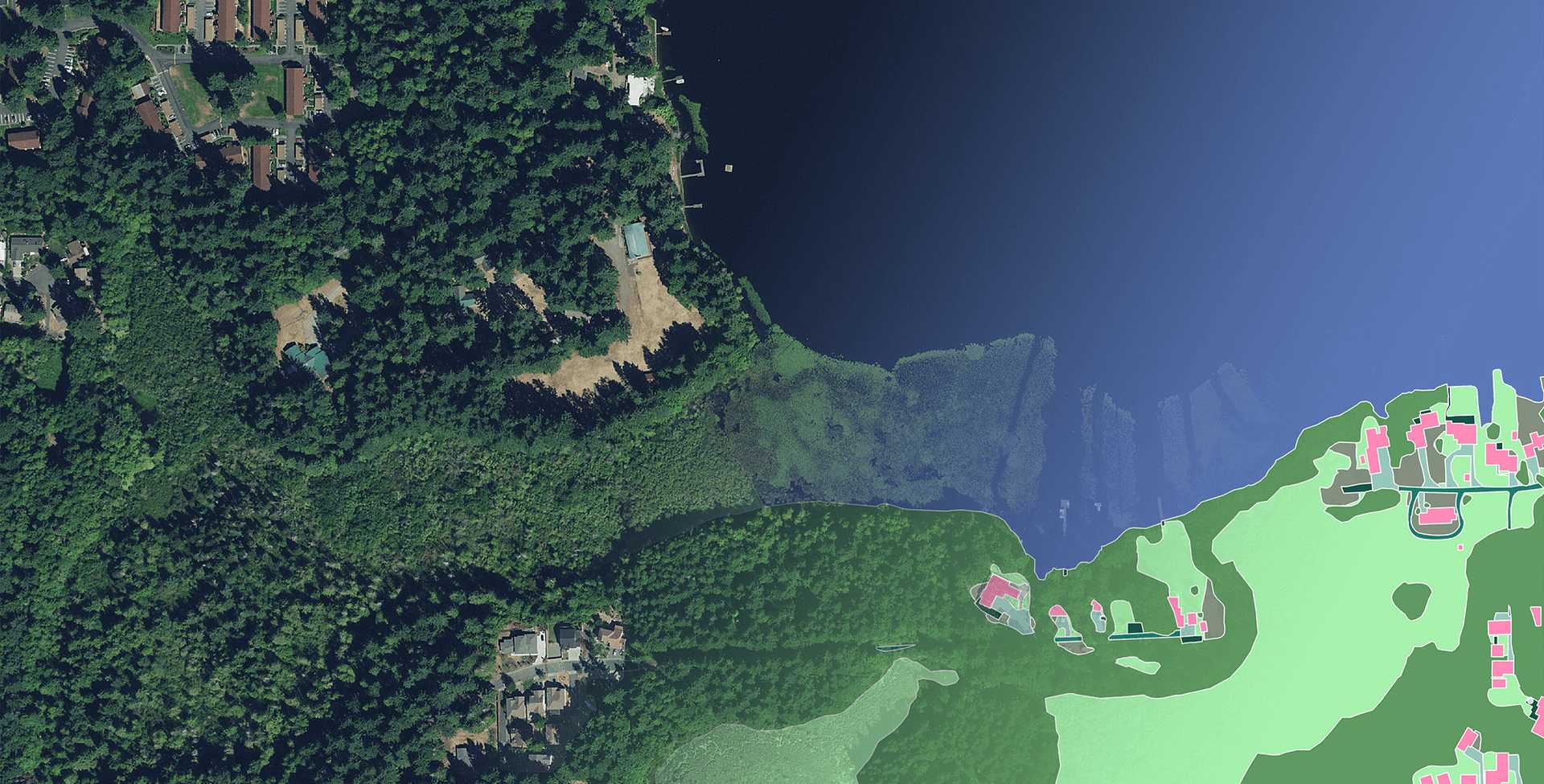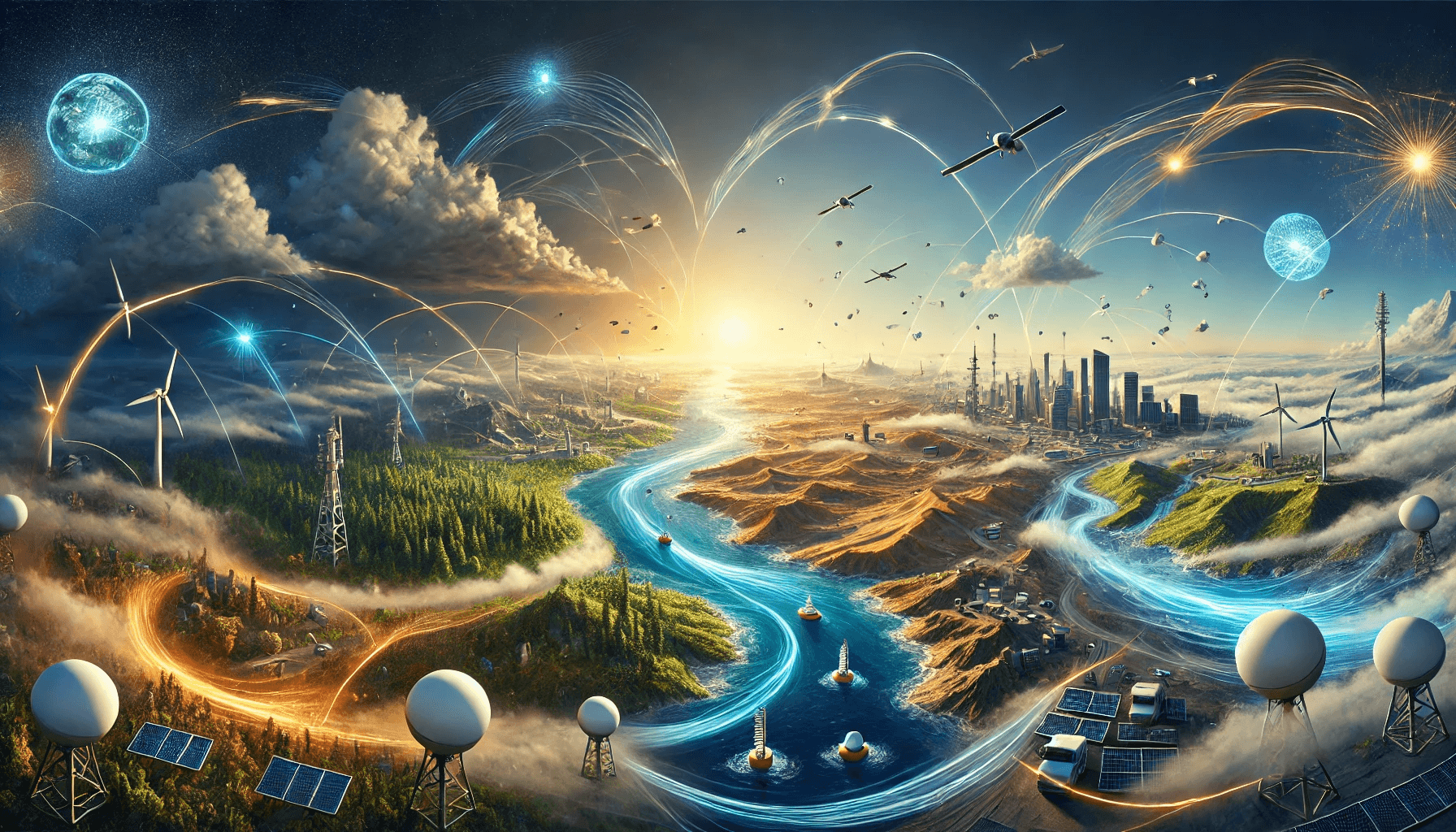
Sensing without borders
From national to planetary webs.
How likely? How soon? What impact?
The next decade will witness a step change in our ability to observe and understand urban environments into. Advanced AI and machine learning algorithms are already capable of extracting detailed information about cities and their surroundings from satellite imagery and other remote sensing data, transcending traditional national boundaries. This includes mapping urban forests, predicting floods in areas lacking ground sensors, and creating comprehensive 3D models of the built environment across entire continents.
These technologies are dismantling longstanding barriers to data collection and analysis, especially in regions with limited resources. They enable the creation of detailed "digital twins" of urban areas worldwide, providing unprecedented insights into urban systems and their interactions on a planetary scale. This shift from relying on localized, manually collected data to global, AI-generated urban intelligence will transform urban planning, environmental management, and disaster response across borders.
As these tools become more widespread and accessible, they will empower both individual and multi-lateral networks of cities to set and deliver on ambitious climate adaptation goals, exceeding even their leadership to date on carbon emissions reductions. Over time, this planetary web of urban sensing could also transform how we think about the role of cities in resilience and adaptation - as not just individual jurisdictions struggling for survival, but as interconnected entities in a global adaptive system.
Personalized Insights
How might this trend shape your future? Generate a set of personalized insights to explore challenges, opportunities, and potential innovations. Simply select a sector, occupation, and target year — then press the button and let our AI do the work.
Generator Settings
Signals
Signals are evidence of possible futures found in the world today—technologies, products, services, and behaviors that we expect are already here but could become more widespread tomorrow.
